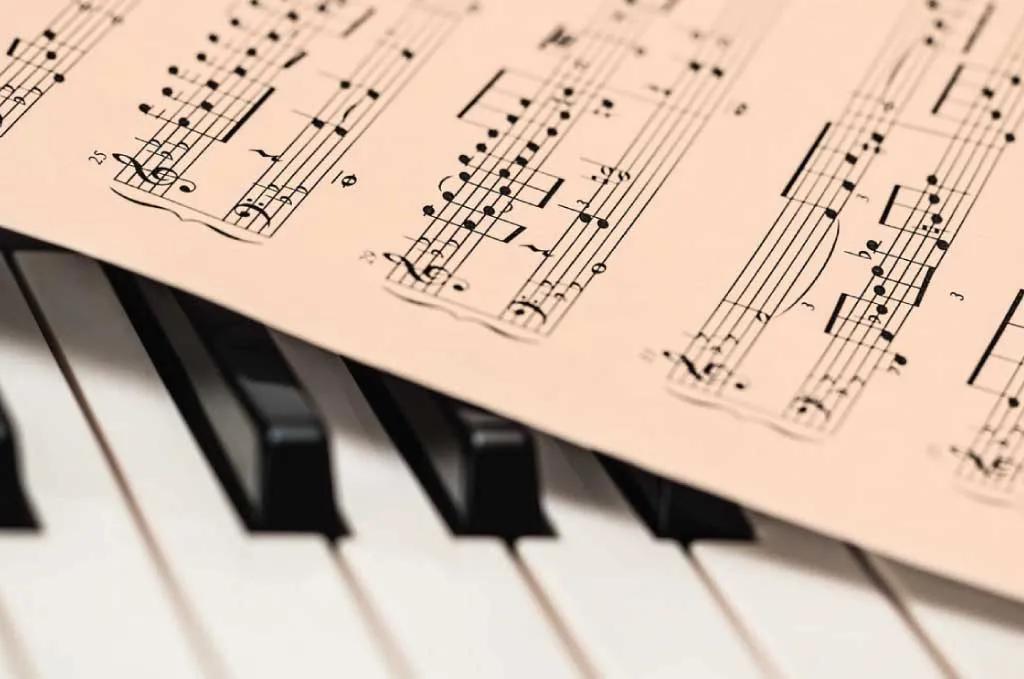Audience Participation in Classical Music
Aleatoric music has existed in one form or another in western art music for centuries, having become something of a staple of Modern Music of the 20th and 21st centuries. One 18th century form of aleatoric music involved dice, with the composer creating snippets of music that could be performed in a random order depending on the roll of the dice. More contemporary aleatoric music often involves decisions made by the performer, sometimes selecting from a list of possible passages; other times responding to graphic notation that indicates approximate pitch or timing. These examples typically involve performers making artistic decisions within parameters established by the composer.
The expression “audience participation” has many different interpretations in music. For the purposes of this discussion, the expression will refer to examples of the intentional use of audience participation to meaningfully influence a performance of a piece of western art music. This participation will, of course, result in a different performance each time the piece is presented.
The “Happenings” movement of the 1950s and 1960s involved art performances that sometimes required the viewer to participate in the performance. The earlier Dadaist movement had challenged accepted definitions of art. The Happenings movement went further, often including elements of chance to influence events.
One of the musicians most influential in the Happenings movement was John Cage, who hosted an event in 1952 that is cited as an early example of the genre. This neo-Dada event involved poetry, music, dance, visual arts, recorded music, and a barking dog, but limited audience participation as defined above.
Probably Cage’s best-known work, 4’33” (1952) involves a musician sitting onstage for four minutes and 33 seconds without playing a note. The sounds of the audience reaction make up the music, although it should be noted that the premiere audience was unaware of their involvement in the performance.
A recent piece involving live performance, technology, and audience participation is a work titled Grass Roots. This composition by David Brian Williams and Tayloe Harding is a multimedia composition for three musicians, computer, and audience members with an “audience response system” (i.e., clickers). Divided into four sections, the musicians perform an interlude before each section along with computer audio and images projected on a screen. Following each interlude is a series of questions related to the 2008 presidential campaign (the piece was updated three years later as Grass Roots 2012). The audience’s aggregate response to these multiple-choice questions determines the subsequent music of each section.
After experiencing a performance of Grass Roots in 2008, Professor Don Bowyer became intrigued by the idea of creating a composition that involved the audience in a performance. The resulting composition was Time Zones (2010). Like Grass Roots, this work involves three-way human-computer interaction: musician-computer-audience. The composition serves as a metaphor for modern life, in which our plans are frequently interrupted by unplanned demands on our time, interruptions that are often delivered through technology.
Representing a typical day in one musician’s life, the composition includes six sections corresponding to teaching, administrative duties, composition, performance, music technology, and family. Each section includes a trombone part, to be performed live, in sync with sequenced computer music embedded in a projected animation.
The six sections mentioned above are the pre-planned “time zones” of one day. Unplanned demands on one’s time are represented by a seventh section that is triggered by the ringing of the performer’s cell phone. The cell phone number is visible on the screen throughout the performance, and the audience is encouraged to call whenever they wish. While no one answers the call, the ringing triggers the music to jump immediately to a seventh section. Following the interruption, the music picks up where it left off, as the performer continues working through his or her daily “time zones.”
While this composition allows the audience to “meaningfully influence a performance of a piece of western art music,” Bowyer acknowledges that the influence is limited. Since this composition, he has continued to explore audience participation in a variety of other contexts through later compositions, sometimes involving audience members reading text, humming, or making real-time musical choices.
A video of the premiere performance of Time Zones can be found here.
Professor Don Bowyer
School of Arts
@email
This article was adapted from Spotlight on Research (Volume 4)




